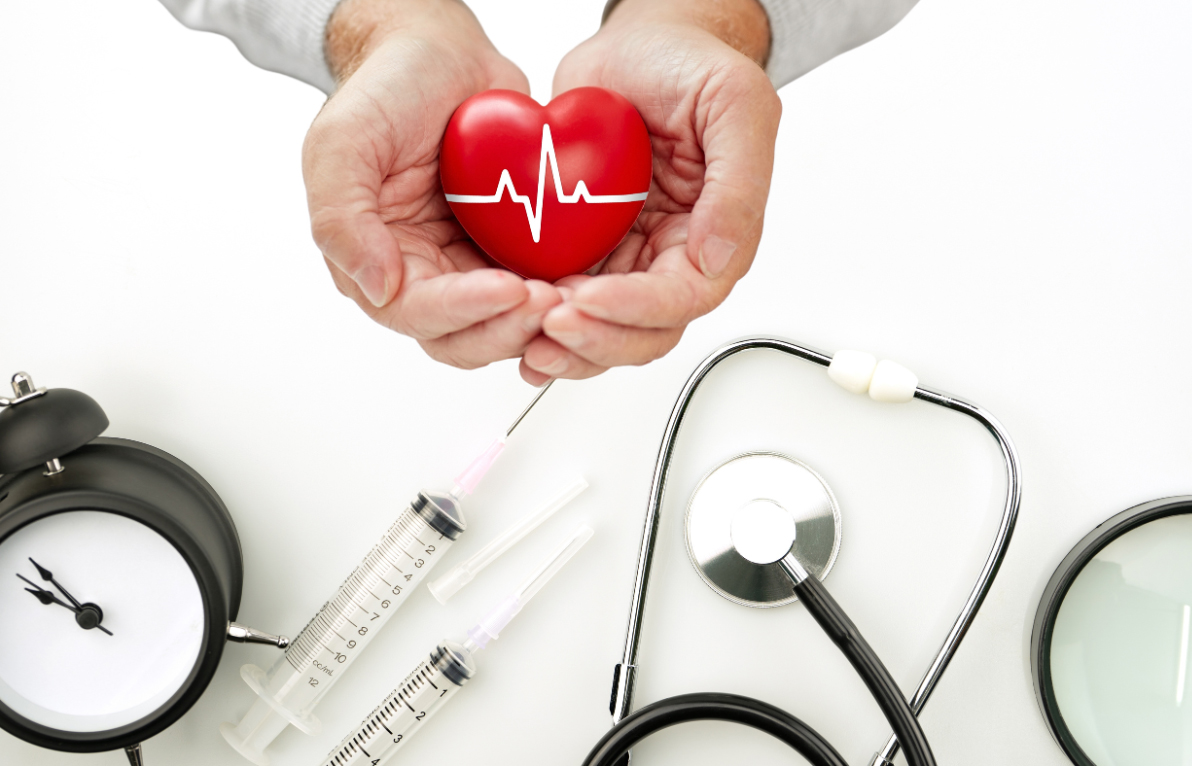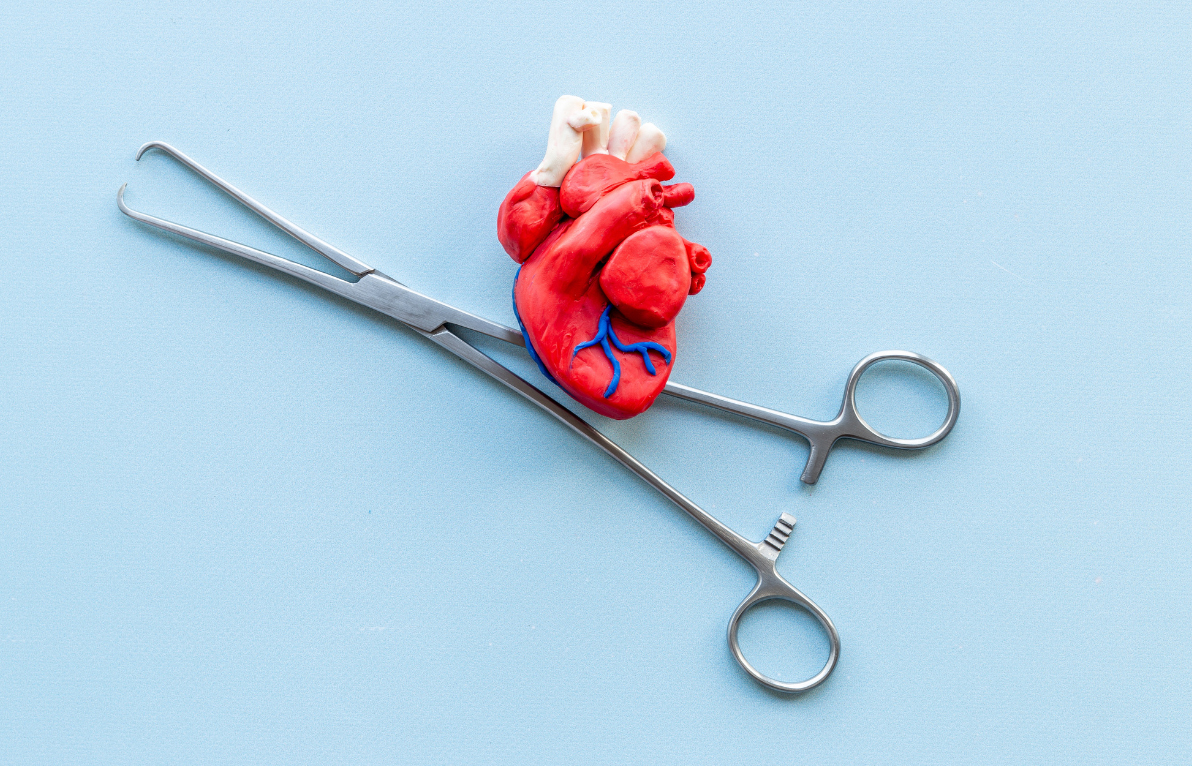Heart Surgery: Types, Recovery and Outlook
Heart surgery, also known as cardiac or cardiovascular surgery, is an umbrella term used for invasive procedures that treat various health conditions associated with the heart and its blood vessels. Heart surgeries can be open heart surgery or minimally invasive ones. The main aim of these procedures is to restore heart health, alleviate symptoms and bring patients a better quality of life.
What Is A Heart Surgery and Who Needs It?
Heart surgery is an operation to treat various cardiovascular conditions for the better functioning of the heart and its blood vessels. The heart is a very complex and vital organ in the human body that demands the extensive expertise of cardiac surgeons. Heart surgeries are performed even on infants born with congenital heart defects and adults depending on the heart condition that develops later in life.
The type of heart surgery depends on the health condition the patient has been diagnosed with. Here are a few of the health conditions that would require surgical intervention:
- Coronary artery disease
- Heart valve disease
- Heart attack
- Heart failure
- Irregular Heartbeat or arrhythmia
- Abdominal aortic aneurysm
- Thoracic aortic aneurysm
- Cardiomyopathy
- Congenital heart disease
Most heart surgeries are planned, but they can also be emergency lifesaving procedures, depending on the severity of the problem.
What Are The Types of Heart Surgeries?
There are many types of invasive and minimally invasive procedures, including:
Coronary Artery Bypass Grafting:
Also known as CABG or bypass surgery, this invasive procedure is done to clear one or more blocked coronary arteries. Bypass surgery can be doubled, tripled, or even quadrupled, depending on the number of grafts made to restore the blood flow to your heart. In this procedure, the surgeon uses healthy arteries or veins taken from the legs and creates a path or bypass around the blocked artery.
The patient may have to spend up to 10 days in the hospital after the surgery, and it would take 4 to 8 weeks to recover fully.
Heart Valve Repair or Replacement:
There are four valves in the human heart – the tricuspid valve, pulmonary valve, mitral valve, and aortic valve. When these valves get diseased or damaged, it can cause severe complications like breathlessness, tightness in the chest, irregular Heartbeat, etc. Heart valve repair or replacement surgeries facilitate the valves to function properly – by opening more widely and closing them tightly, ensuring the blood flow in the right direction.
MAZE Surgery For Atrial Fibrillation:
Atrial Fibrillation, or A-fib, is an irregular and rapid heartbeat, and if not treated on time, it can lead to blood clots in the heart. During the procedure, the surgeon uses advanced techniques to create scar tissue in the heart, which blocks abnormal electrical signals causing atrial fibrillation and restores the normal rhythm.
Septal Myectomy:
Septal myectomy is an invasive procedure that removes a small part of the septum to restore blood flow from the left ventricle to the aorta. This operation is recommended for patients suffering from Hypertrophic Cardiomyopathy, where the heart muscles become too thick, affecting the septum, which separates the right and left sides of the heart.
Aneurysm Repair Surgery:
An aneurysm is an abnormal bulge that forms in the wall of a blood vessel. An aneurysm can happen in the abdominal artery; this condition is known as an Abdominal Aortic Aneurysm. It is treated with aneurysm repair surgery. In this procedure, the surgeon replaces the damaged part of the aorta with a graft – an artificial artery.
The aneurysms formed in the heart muscle as a result of a heart attack are treated with left ventricular reconstructive surgery. The operation clears the aneurysm and surrounding scarred tissue, reducing associated complications like chest pain. It aids in boosting the heart’s power to pump better.
Heart Transplant:
A heart transplant is a complex procedure where a healthy heart from a recently deceased donor (declared brain dead) replaces the diseased and failing heart. It is a lifesaving procedure, often the last resort for those combating end-stage heart failure.
Implantation of Cardiac Devices:
Various cardiac devices can regulate irregular Heartbeat and provide partial relief from symptoms to patients combating heart failure. These cardiac devices are inserted into the body through minimally invasive procedures.
Pacemaker Installation:
A pacemaker helps regulate the heart rhythm and aids the heart’s electrical system. It helps in restoring the normal Heartbeat. A pacemaker and an Implantable Cardioverter Defibrillator detect erratic and dangerous arrhythmias and send an electric shock to the heart to regain the normal rhythm.
Left Ventricular Assist Device:
LVAD is a boon to patients awaiting a heart transplant. This advanced machine aids the left ventricle in pumping blood to the aorta and the rest of the body.
Total Artificial Heart:
An advanced machine TAH is known as a bridge to transplant. This is a temporary arrangement where the machine takes over the functioning of the right and left ventricles till the transplant is done.
What Are The Types of Heart Surgery Procedures?
Open Heart Surgery:
Open heart surgery is the most common and traditional surgical procedure where the surgeon makes a long incision up to 6 to 8 inches on the chest and cuts through the ribcage to access the heart. The patient is connected to a heart-lung bypass machine, which takes over the functioning of the heart and lungs. CABG, valve repair, and replacements are the most common open-heart surgeries.
After the procedure, the patient will be taken off the heart-lung bypass machine, and the incision will be closed. It may take up to 4 to 8 weeks for the patient to recover fully and resume regular duties.
Minimally Invasive Heart Surgery:
Minimally invasive heart surgery is an advanced procedure to treat various heart conditions. Compared to open heart surgery, this procedure brings a great sigh of relief to the patients as it is less painful and ensures faster recovery. It is performed under general anesthesia, and the patient is connected to the heart-lung bypass machine, which takes over the functioning of the heart and lungs.
In this procedure, the surgeon makes small incisions between the ribs of the chest. A flexible catheter with a camera is inserted through one of the incisions that project the view from within on the monitor.
Aided by specially designed surgical tools, the surgeons complete the operation. The incisions are then sutured.
Robotic-assisted heart surgery is also a minimally invasive method where the procedure is performed by robotic arms, guided by the surgeon at the console.
Off-Pump Bypass Surgery:
Also known as beating heart surgery, Off-Pump Bypass Surgery is another type of open heart surgery, but the heart-lung bypass machine is not used. This procedure is done when one or two bypass grafts need to be done to clear the blocked arteries.
Life After Heart Surgery:
The advanced techniques in various heart surgeries are ushering in a new ray of hope in the lives of cardiac patients. Most patients enjoy an excellent quality of life but are strongly advised to follow healthy lifestyle habits, be on dietary restrictions, consult doctors regularly, and not skip medications.
Many patients feel healthier and more robust, resume work, and return to everyday life.




 Heart Institute
Heart Institute Oncology
Oncology Critical Care
Critical Care Institute of Transplant
Institute of Transplant Emergency Medicine
Emergency Medicine  Institute of Gastroenterology
Institute of Gastroenterology Institute of Neurosciences
Institute of Neurosciences Preventive Medicine
Preventive Medicine Institute of Renal sciences
Institute of Renal sciences Institute of Robotic Surgeries
Institute of Robotic Surgeries Institute of Pulmonology
Institute of Pulmonology Institute of Bariatric
Institute of Bariatric Institute of Obstetrics & Gynecology
Institute of Obstetrics & Gynecology Institute of Vascular Surgery
Institute of Vascular Surgery General Surgery
General Surgery  ENT & Head, Neck
ENT & Head, Neck Cosmetology
Cosmetology Dental Clinic
Dental Clinic Anesthesia
Anesthesia Advanced Pediatrics
Advanced Pediatrics Eye/Opthalmology
Eye/Opthalmology




